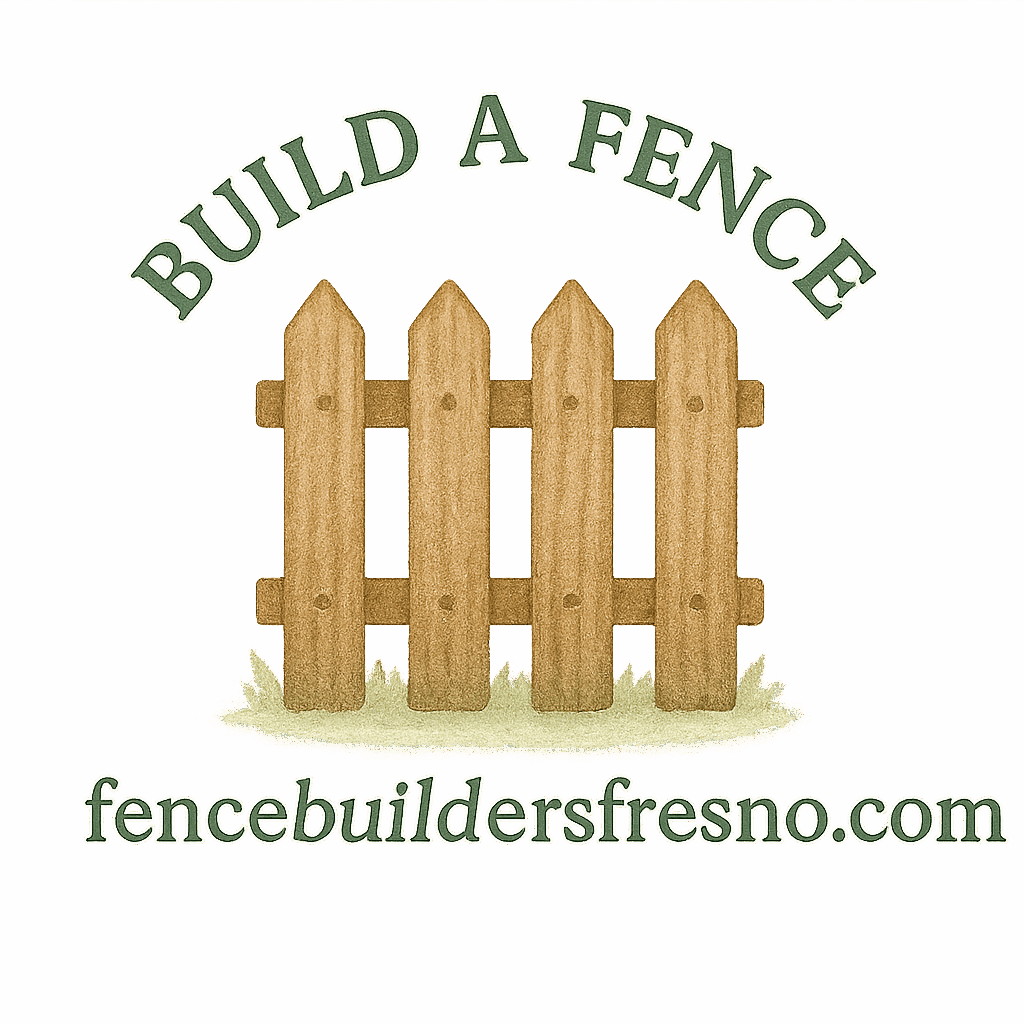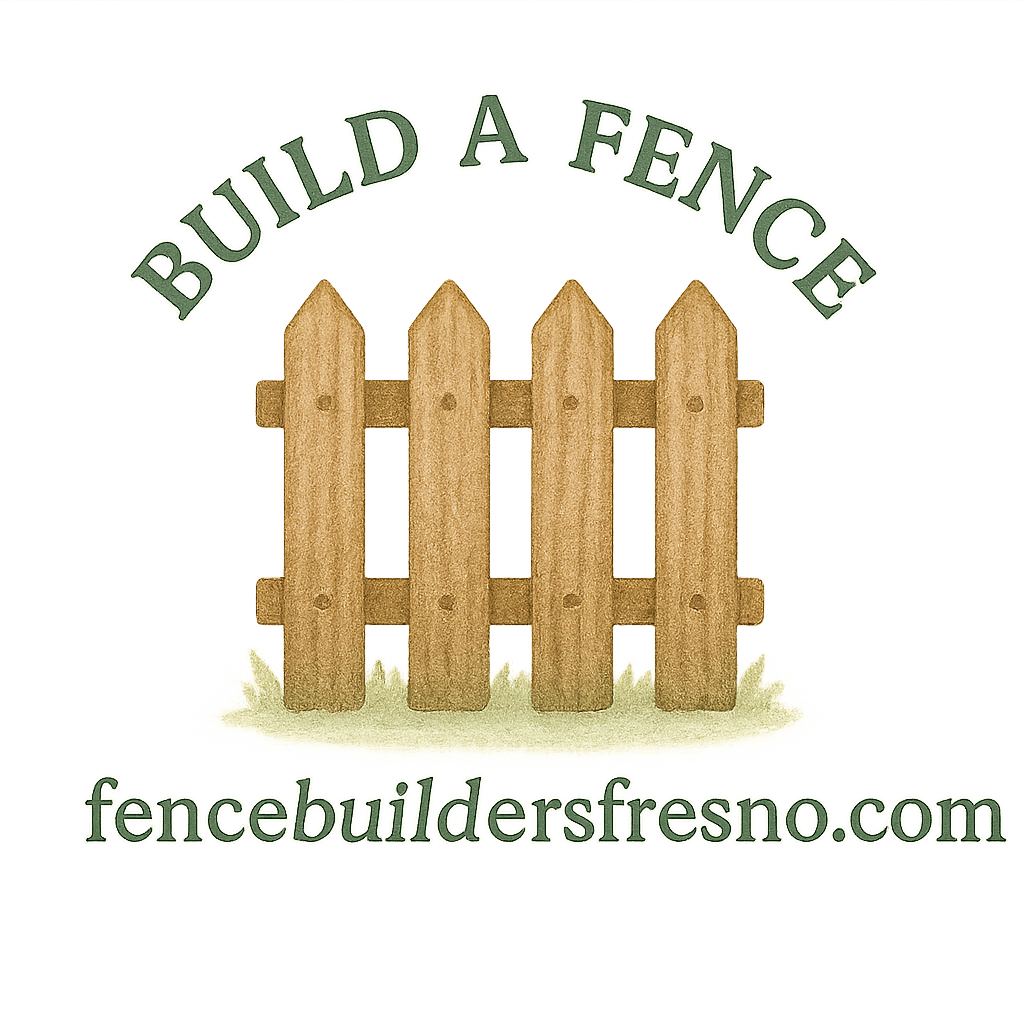Introduction
Fences don’t last forever—no matter how durable they are or how carefully they were installed. They take a beating from weather, animals, and time. So how do you know when it’s time to patch things up? In this article, we’ll go over 10 clear signs your fence needs repairs, so you can catch small issues before they become expensive replacements.
Regular maintenance doesn’t just keep your yard looking good—it also protects your property, privacy, and safety. Whether you’ve got a wooden fence, a vinyl one, or metal posts, spotting damage early is key. Let’s dive in!
1. Visible Cracks and Splits in the Wood
Causes of Cracking
Cracks and splits are common in wood fences due to exposure to moisture, sunlight, and temperature swings. Over time, the fibers in the wood break down.
Why You Shouldn’t Ignore It
Even small splits can lead to structural weakening and make your fence susceptible to breakage during storms or high winds. Ignoring it could mean replacing entire panels instead of patching a small area.
👉 Learn more about wood fence care to prevent long-term damage.
2. Leaning or Sagging Fence Sections
Structural Weakness Indicators
If a section of your fence is leaning, chances are the posts are no longer anchored securely in the ground. Soil erosion or rotting posts are common culprits.
Safety and Aesthetic Concerns
Not only does a leaning fence look sloppy, but it also might fall—potentially hurting someone or damaging property.
Check out the fence building basics guide to understand how structural integrity should be maintained.
3. Rust and Corrosion on Metal Fences
What Causes Metal Fence Corrosion
Rain, sprinklers, and salt (especially near coastal areas) can cause metal to corrode. Galvanized fences resist rust, but nothing lasts forever.
How to Handle It Effectively
You might be able to sand down rust and repaint, but widespread corrosion usually calls for panel replacement. Look into durable fencing materials if you’re upgrading.

4. Loose or Missing Fasteners
Screws, Nails, and Brackets Matter
Fasteners hold your fence together. If they’re loose or missing, panels can wobble or fall. That’s a big sign your fence is aging.
Preventing Future Fastener Failures
Replace fasteners with rust-resistant versions and inspect regularly. Preventative fence maintenance goes a long way.
5. Discoloration or Rotting Wood
Signs of Moisture Damage
Dark patches, soft spots, and mold are red flags. These are signs your wood is absorbing water and rotting from the inside out.
When Replacement is Better Than Repair
If more than 25% of a panel is compromised, replacing it is often more cost-effective. Don’t wait until it spreads!
Dive deeper into fence maintenance and repair best practices.
6. Noisy or Wobbly Fence Panels
Wind and Age as Contributors
If your fence rattles or shakes when the wind blows, something’s loose. This happens with age or improper installation.
Fixing Without Full Replacement
Tightening screws or reinforcing with new braces may do the trick. Learn more from our fence installation resources.
7. Vegetation Growing on or Through the Fence
How Plants Damage Fences
While vines might look cute, they trap moisture and can warp or crack your fence. Tree roots can push posts out of alignment.
Landscaping Around Fencing the Right Way
Trim growth regularly and keep roots away from your posts. For ideas on design-friendly solutions, see our fence design and planning page.
8. Gate Doesn’t Latch or Close Properly
Gate Hardware and Structural Shifts
Gates bear a lot of wear and tear. When they stop aligning, it’s often due to ground movement or hardware failure.
Security Risks of Faulty Gates
A gate that doesn’t latch is a welcome mat for pets escaping or intruders entering. Repair or replace gate latches immediately.
🔍 Explore front yard fence options with secure gate solutions.
9. Pest or Termite Damage
Identifying Bug Damage Early
Termites love wood fences. Look for tunnels, sawdust, or hollow-sounding panels. Carpenter ants can also be a menace.
Preventative Tips
Use treated wood and inspect annually. Apply termite treatments if necessary. If bugs are common in your area, consider a vinyl fence alternative.
10. Fence Encroachment or Shifting Lines
Legal Headaches from Fence Movement
Sometimes it’s not wear and tear but your fence creeping onto your neighbor’s property due to shifting ground or poor planning.
When to Contact Professionals
Get a property survey and check out legal property considerations. You don’t want to deal with a legal dispute over a few inches of land.
Importance of Regular Fence Inspections
Maintenance Is Cheaper Than Replacement
Doing a quick walk-through every couple of months can help you catch issues early. A simple fix now might save you hundreds later.
Check our guide on upkeep tips to stay ahead.
When to Call a Pro Fence Repair Company
DIY Isn’t Always Enough
Some problems go beyond a screwdriver and hammer. Structural issues or long-neglected fences need pros.
Choosing the Right Contractor
Work with experienced professionals like Fence Builders Fresno, who understand property lines, boundary fence requirements, and safe installations.
Conclusion
Your fence stands guard for your property, but even the best ones need a little TLC from time to time. Whether it’s a creaky panel, rotting post, or a rusty hinge, staying ahead of repairs means a longer-lasting, better-looking, and safer yard. If you’ve noticed any of these 10 signs your fence needs repairs, don’t wait—address them now to save time, money, and stress later.
Need help figuring out your next step? Visit Fence Builders Fresno and let the experts guide you through the process.
FAQs
1. How often should I inspect my fence for damage?
At least once every season, and after major storms.
2. Can I repair small cracks in a wooden fence myself?
Yes, using wood filler or sealant, but larger cracks may need professional help.
3. Are leaning fences dangerous?
They can be. They’re unstable and may collapse unexpectedly.
4. What’s the average cost to repair a fence?
It varies by material and damage but expect $150–$400 per section on average.
5. Can rusted metal fences be saved?
Light rust can be sanded and painted over. Heavy rust might mean replacement.
6. What is fence encroachment?
It’s when your fence crosses onto your neighbor’s land—often leading to disputes.
7. How can I prevent future fence issues?
Perform regular maintenance, keep vegetation trimmed, and use durable materials.


